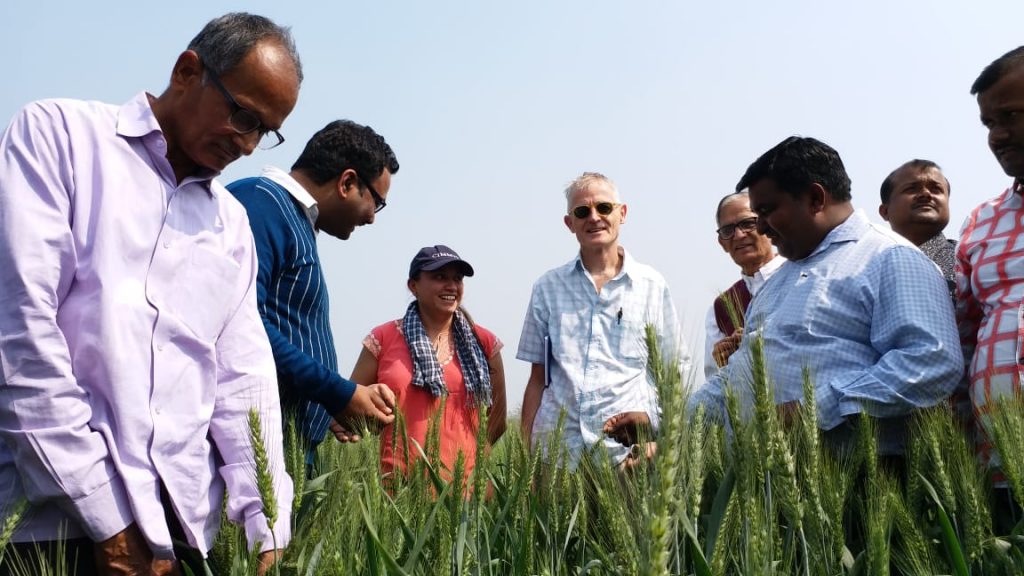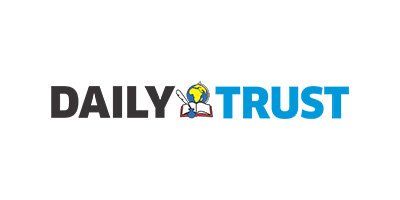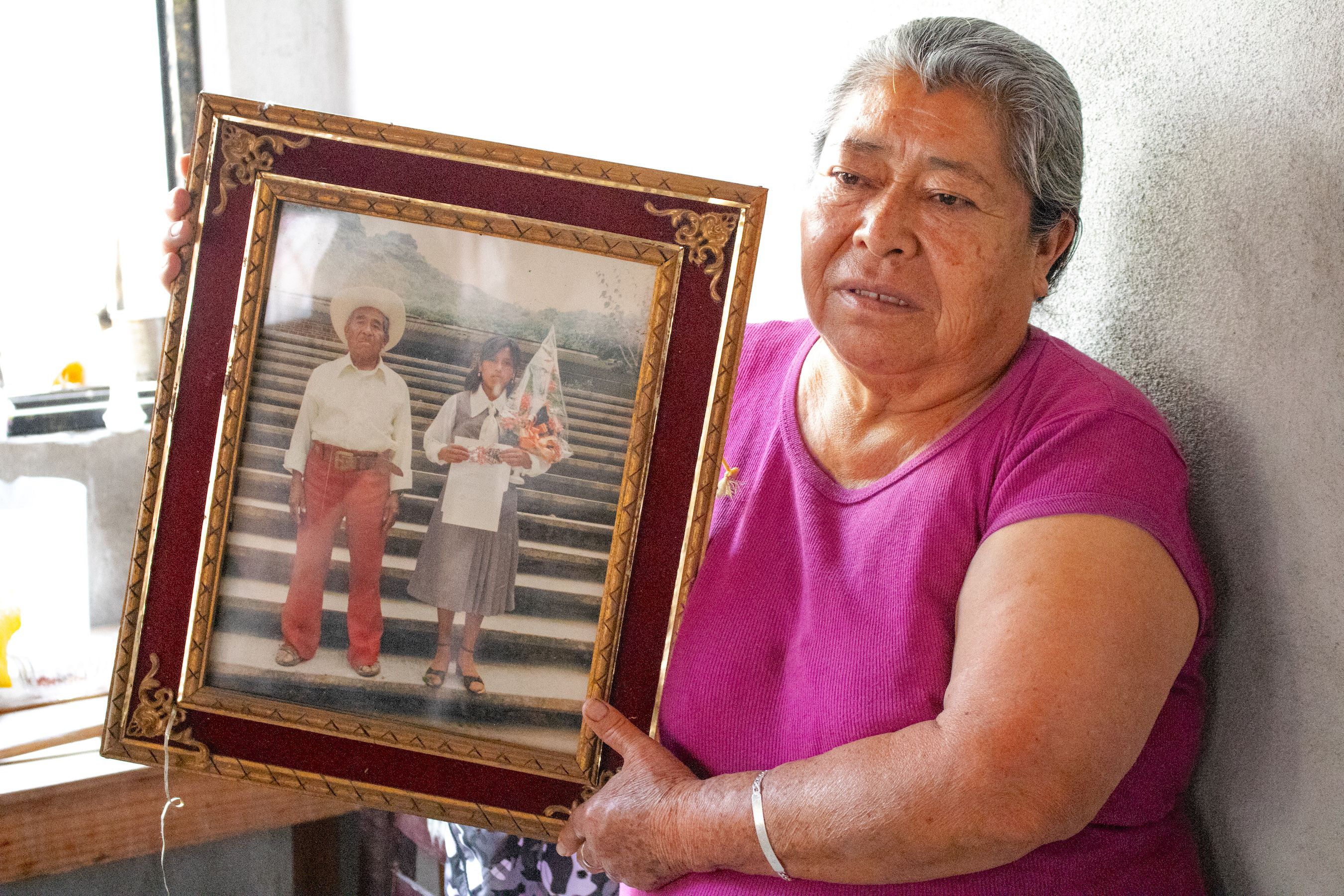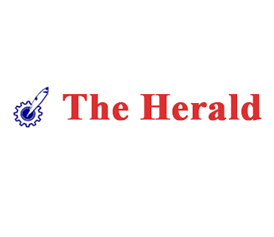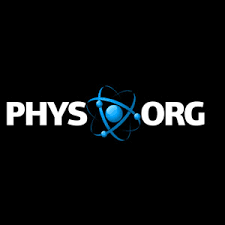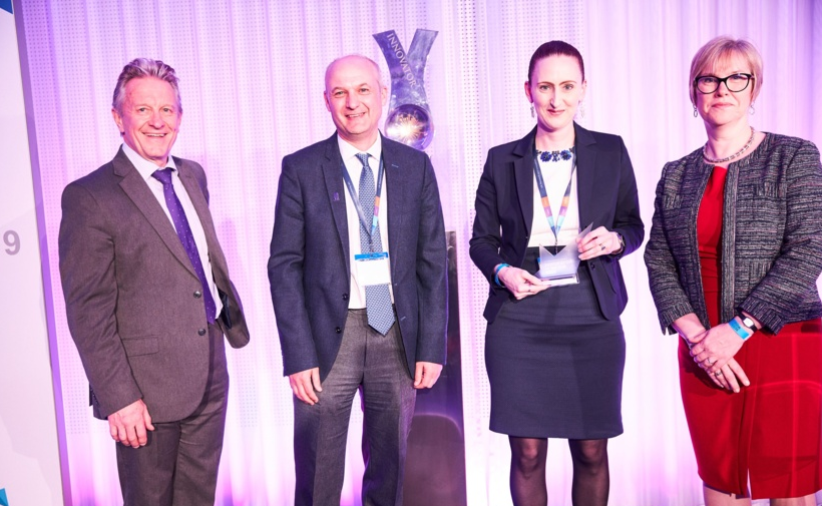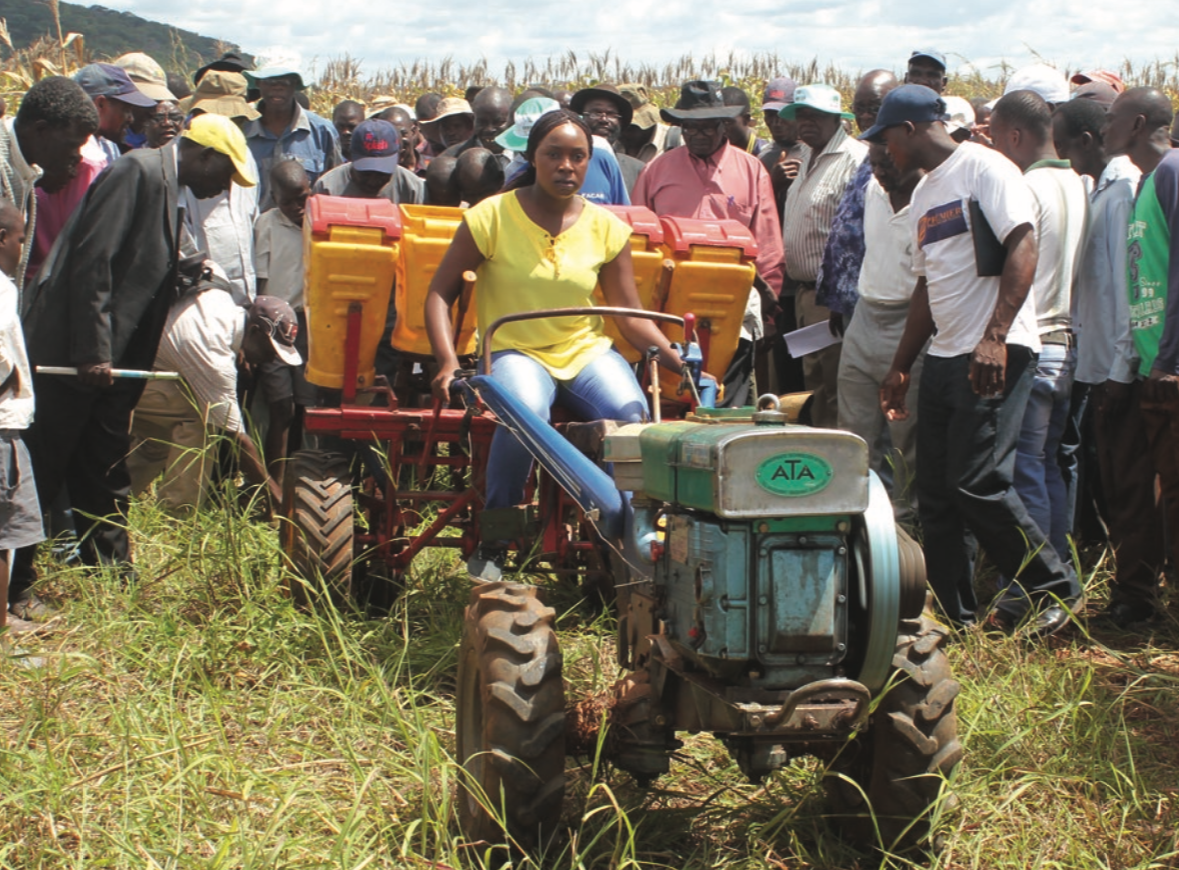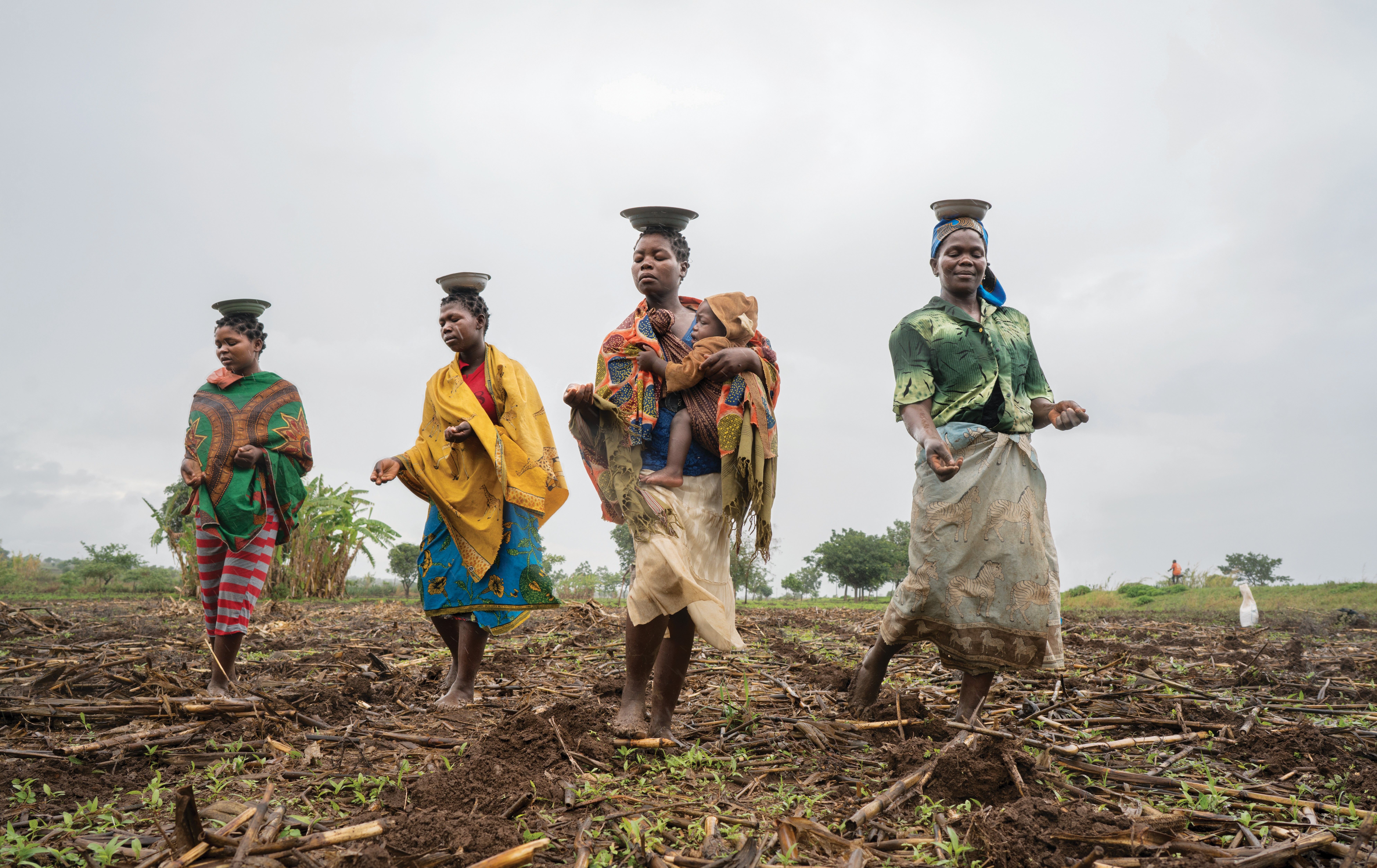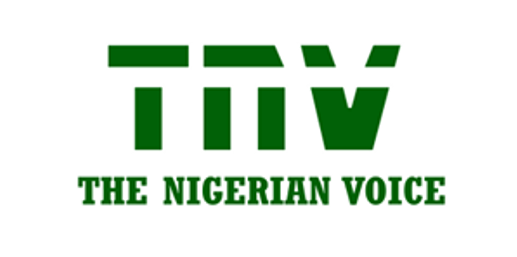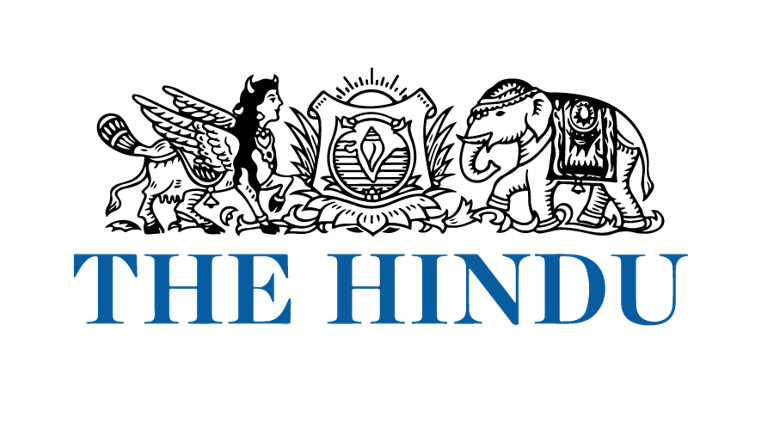Tracing maize landraces, 50 years later
Maize is more than a crop in Mexico. While it provides food, feed and raw materials, it is also a bloodline running through the generations, connecting Mexico’s people with their past.
The fascinating diversity of maize in Mexico is rooted in its cultural and biological legacy as the center of origin of maize. Landraces, which are maize varieties that have been cultivated and subjected to selection by farmers for generations, retaining a distinct identity and lacking formal crop improvement, provide the basis of this diversity.
As with any cultural legacy, the cultivation of maize landraces can be lost with the passage of time as farmers adapt to changing markets and generational shifts take place.
Doctoral candidate Denisse McLean-Rodríguez, from the Sant’Anna School of Advanced Studies in Italy, and researchers from the International Maize and Wheat Improvement Center (CIMMYT) have undertaken a new study that traces the conservation and abandonment of maize landraces over the last 50 years in Morelos, Mexico’s second smallest state.
The study is based on a collection of 93 maize landrace samples, collected by Ángel Kato as a research assistant back in 1966-67 and stored in CIMMYT’s Maize Germplasm Bank. Researchers traced the 66 families in Morelos who donated the samples and explored the reasons why they abandoned or conserved their landraces.

Tracing landrace abandonment
In six cases, researchers were able to interview the original farmers who donated the samples to CIMMYT. In other cases, they interviewed their family members, most frequently the sons or daughters, or alternatively their grandchildren, siblings, nephews or widows.
The study reveals that maize landrace cultivation has diminished significantly within the families. Only 13 of the 66 families are still cultivating the same maize seed lots as in 1966-67 and there was consensus that the current social, economic and physical environments are unfavorable for landrace cultivation.
Among the reasons for abandonment are changes in maize cultivation technologies, shifting markets for maize and other crops, policy changes, shifting cultural preferences, urbanization and climate change.
“By finding out about landrace continuity in farmers’ fields and the factors driving change, we were able to better understand the context in which these landraces are currently cultivated,” said McLean-Rodríguez. “Our study also allowed us to evaluate the importance of ex situ conservation in facilities like CIMMYT’s Germplasm Bank.”

Maize biodiversity conservation
Maize landraces can be conserved “in situ” in farmers’ fields and “ex situ” in a protected space such as a germplasm bank or community seed bank.
“These conservation strategies are complementary,” explained McLean-Rodríguez. “Ex situ conservation helps to secure landraces in case of unpredictable conditions that threaten their conservation in the field, while in situ cultivation allows the processes that generated maize’s diversity to continue, allowing the emergence of mutations and the evolution of new potentially beneficial traits.”
The loss of landraces in farmers’ fields over 50 years emphasizes the importance of ex situ conservation. CIMMYT’s Maize Germplasm Bank holds 28,000 samples of maize and its wild relatives from 88 countries, spanning collections dating back to 1943. Safeguarded seed stored in the Germplasm Bank is protected from crises or natural disasters, and is available for breeding and research. Traits found in landraces can be incorporated into new varieties to address some of the world’s most pressing agriculture challenges like changing climates, emerging pests and disease, and malnutrition.
McLean-Rodríguez recalls an aspect of the study that she found particularly rewarding: “Many of the families who had lost their landrace for one reason or another were interested in receiving back samples of their maize from the CIMMYT Germplasm Bank. Some were interested due to personal value, while others were more interested in the productive value. They were very happy to retrieve their maize from the Germplasm Bank, and it would be very interesting to learn whether the repatriated seed is cultivated in the future.”
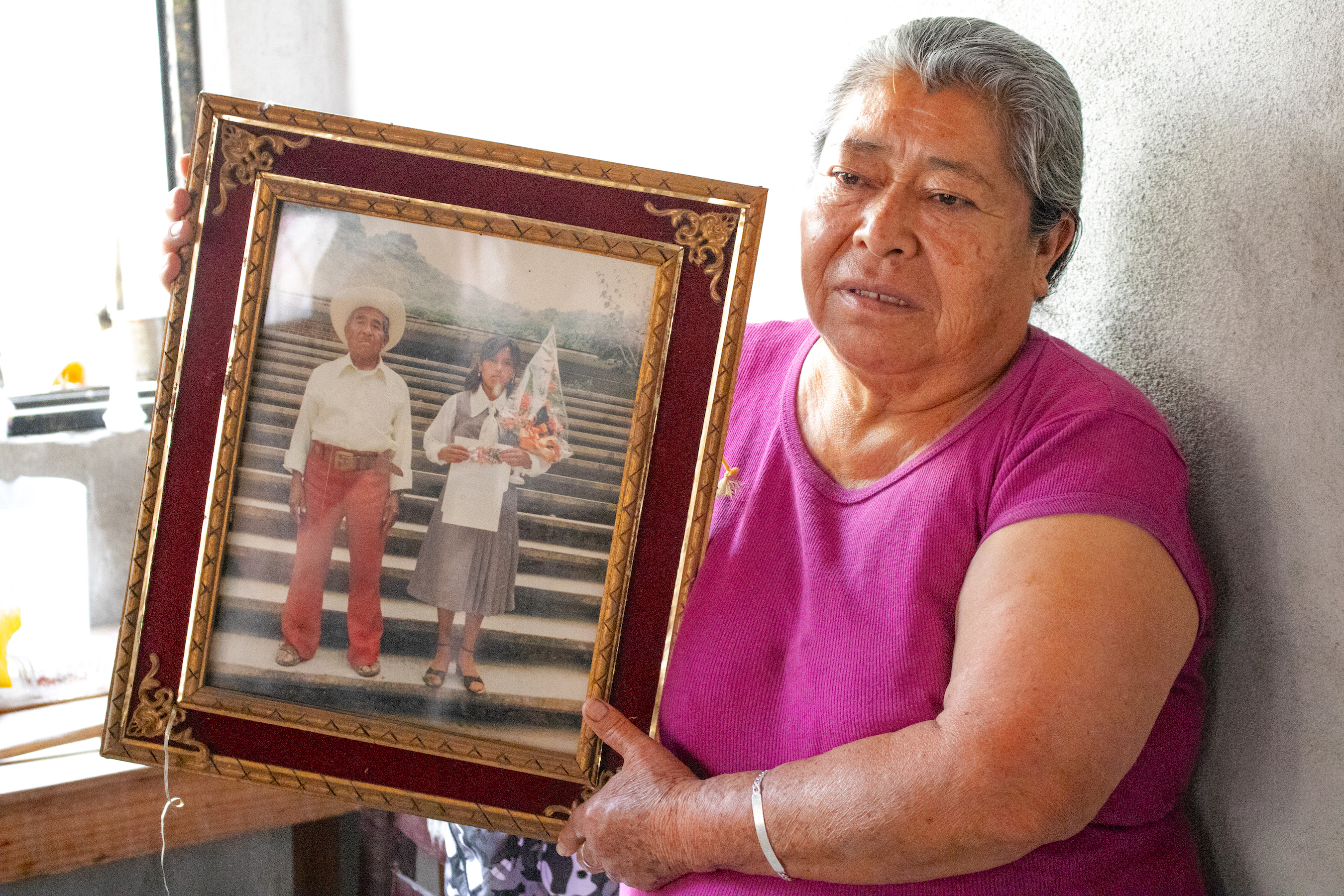
A family tradition
One of the families to take part in the study was farmer Roque Juarez Ramirez and his wife, Ventura Oliveros Garcia, whose father was one of the donor farmers from Morelos. “I was so happy to hear the name of my father, [Santos Oliveros],” recalls Oliveros, remembering the moment McLean-Rodríguez contacted her. “He had always been a maize farmer, as in his day they didn’t cultivate anything else. He planted on his communal village land [ejido] and he was always able to harvest a lot of maize, many ears. He planted an heirloom variety of maize that we called arribeño, or marceño, because it was always planted in March.”
Juarez senses his responsibility as a maize farmer: “I feel that the importance [of maize farming] is not small, but big. We are not talking about keeping 10 or 20 people alive; we have to feed a whole country of people who eat and drink, apart from providing for our families. We, the farmers, generate the food.”
Filling vessels of champurrado, a Mexican maize-based sweet drink, and presenting samples of the family’s staple maize — maíz colorado and the Ancho landrace — Oliveros describes what maize means to her: “Maize is very important to my family and me because it is our main source of food, for both humans and animals. We use our maize variety to make pozole, tortillas, tamales, atole, quesadillas, picadas and many other foods.”
The Juarez-Oliveros family substituted the Ancho seed lot from Olivero’s father with another seed lot from the Ancho landrace obtained from her husband’s family. The Ancho landrace is used to make pozole, and continues to be widely cultivated in some municipalities of Morelos, including Totolapan, where the family resides. However, researchers found other landraces present in the 1966-67 collection, such as Pepitilla, were harder to trace 50 years later.

The study shows that landrace abandonment is common when farming passed from one generation to the next. Older farmers were attached to their landraces and continued cultivating them, even in the face of pressing reasons to change or replace them. When the younger generations take over farm management, these landraces are often abandoned.
Nonetheless, young farmers still value the cultural and culinary importance of landraces. “Maize has an important traditional and cultural significance, and is fundamental to our economy,” said Isaac Juarez Oliveros, son of Roque and Ventura. “I have been planting [maize landraces] since I was around 15 to 20 years old. I got my maize seed from my parents. I believe it is important for families to keep planting their maize, as it has become tradition passed down through many generations.”
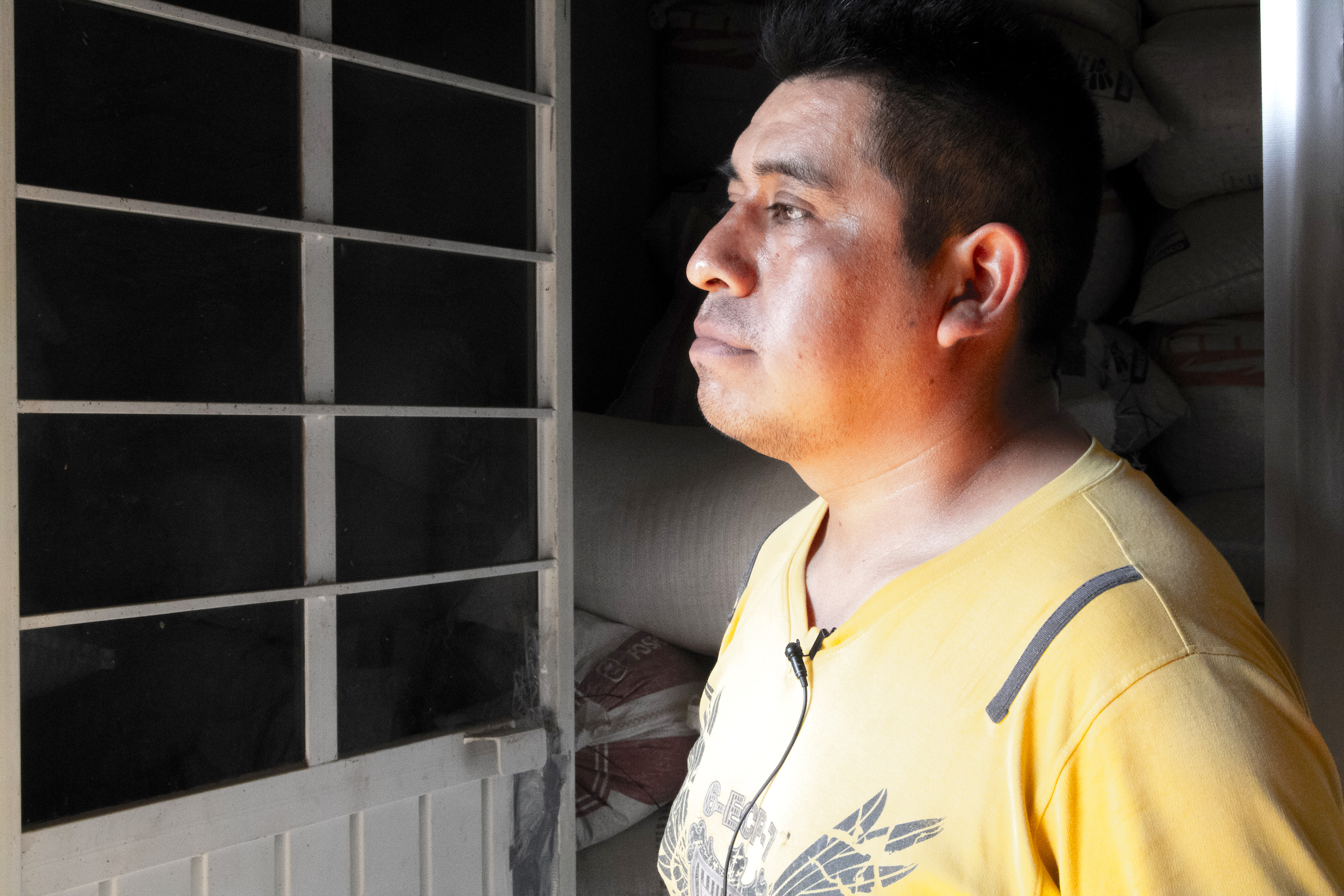
The legacy for future generations
Global food security depends on the maintenance of high genetic biodiversity in such key staple food crops as maize. Understanding the causes of landrace abandonment can help to develop effective landrace conservation strategies. The authors suggest that niches for landrace conservation and even expansion can be supported in the same manner that niches have been created for improved maize and other commercial crops. Meanwhile, management of genetic resources is vital, both in the field and in germplasm banks, especially in developing countries where broader diversity exists.
For Oliveros, it is a matter of family legacy: “It means a lot to me that [my family’s seed] was preserved because it has allowed my family’s maize and my father’s memory to stay alive.”
“Farmers who cultivate landraces are providing an invaluable global public service,” state the authors of the study. “It will be key to encourage maize landrace cultivation in younger farmers. Tapping into the conservation potential of the current generation of farmers is an opportunity we should not miss.”
Read the full study:
The abandonment of maize landraces over the last 50 years in Morelos, Mexico: a tracing study using a multi-level perspective
Funding for this research was provided by the CGIAR Research Program on Maize (MAIZE), the Sant’Anna School of Advanced Studies and Wageningen University.
A special acknowledgement to the families, focus group participants and municipal authorities from the state of Morelos who kindly devoted time to share their experiences with us, on the challenges and rewards of maize landrace conservation.
MARPLE team recognized for international impact

The research team behind the MARPLE (Mobile And Real-time PLant disEase) diagnostic kit won the International Impact category of the Innovator of the Year 2019 Awards, sponsored by the United Kingdom’s Biotechnology and Biological Sciences Research Council (BBSRC).
The team — Diane Saunders of the John Innes Centre (JIC), Dave Hodson of the International Maize and Wheat Improvement Center (CIMMYT) and Tadessa Daba of the Ethiopian Institute for Agricultural Research (EIAR) — was presented with the award at an event at the London Science Museum on May 15, 2019. In the audience were leading figures from the worlds of investment, industry, government, charity and academia, including the U.K.’s Minister of State for Universities, Science, Research and Innovation, Chris Skidmore.
The BBSRC Innovator of the Year awards, now in their 11th year, recognize and support individuals or teams who have taken discoveries in bioscience and translated them to deliver impact. Reflecting the breadth of research that BBSRC supports, they are awarded in four categories of impact: commercial, societal, international and early career. Daba, Hodson and Saunders were among a select group of 12 finalists competing for the four prestigious awards. In addition to international recognition, they received £10,000 (about $13,000).
“I am delighted that this work has been recognized,” Hodson said. “Wheat rusts are a global threat to agriculture and to the livelihoods of farmers in developing countries such as Ethiopia. MARPLE diagnostics puts state-of-the-art, rapid diagnostic results in the hands of those best placed to respond: researchers on the ground, local government and farmers.”
On-the-ground diagnostics
The MARPLE diagnostic kit is the first operational system in the world using nanopore sequence technology for rapid diagnostics and surveillance of complex fungal pathogens in the field.
In its initial work in Ethiopia, the suitcase-sized field test kit has positioned the country — one of the region’s top wheat producers — as a world leader in pathogen diagnostics and forecasting. Generating results within 48 hours of field sampling, the kit represents a revolution in plant disease diagnostics. Its use will have far-reaching implications for how plant health threats are identified and tracked into the future.
MARPLE is designed to run at a field site without constant electricity and with the varying temperatures of the field.
“This means we can truly take the lab to the field,” explained Saunders. “Perhaps more importantly though, it means that smaller, less-resourced labs can drive their own research without having to rely on a handful of large, well-resourced labs and sophisticated expertise in different countries.”
In a recent interview with JIC, EIAR Director Tadessa Daba said, “we want to see this project being used on the ground, to show farmers and the nation this technology works.”

Development of the MARPLE diagnostic kit was funded by the Biotechnology and Biological Sciences Research Council (BBSRC) and the CGIAR Platform for Big Data in Agriculture’s Inspire Challenge. Continued support is also provided by the BBSRC’s Excellence with Impact Award to the John Innes Centre and the Delivering Genetic Gain in Wheat project, led by Cornell University and funded by the UK’s Department for International Development (DFID) and the Bill & Melinda Gates Foundation.
More information on the award can be found on the JIC website, the BBSRC website and the website of the CGIAR Research Program on Wheat.
Winners of 2019 MAIZE Youth Innovators Awards – Africa announced

LUSAKA, Zambia (CIMMYT) – The CGIAR Research Program on Maize (MAIZE) officially announced the winners of the 2019 MAIZE Youth Innovators Awards – Africa at an awards ceremony held on May 9, 2019, in Lusaka, Zambia. These awards recognize the contributions of young women and men under 35 to innovation in African maize-based agri-food systems, including research for development, seed systems, agribusiness, and sustainable intensification. The awards, an initiative of MAIZE in collaboration with Young Professionals for Agricultural Research and Development (YPARD), were offered in three categories: farmer, change agent, and researcher.
The MAIZE Youth Innovators Awards aim to identify young innovators who can serve to inspire other young people to get involved in maize-based agri-food systems. This is the second year of the award, which was launched in 2018 with a first cohort of winners from Asia. Part of the vision is to create a global network of young innovators in maize based systems from around the world.
2019 award recipients were invited to attend the Stress Tolerant Maize for Africa (STMA) project meeting in Lusaka, May 7-9, where they had the opportunity to present their work. The project meeting and award ceremony also allowed these young innovators to network and exchange experiences with MAIZE researchers and partners. Looking forward, award recipients may also get the opportunity to collaborate with MAIZE and its partner scientists in Africa on implementing or furthering their innovations.
This year’s five awardees are:
Hildegarde Dukunde (Rwanda) – Category: Change Agent
Dukunde is a graduate in Human Nutrition and serves as a Sales Associate for Agrifood Business Consulting Ltd. She has been at the forefront of preventing aflatoxin contamination in Rwanda by helping smallholder farmers to access low-cost post-harvest equipment, namely DryCard™ and Purdue Improved Crop Storage (PICS) bags. The DryCard™ is an inexpensive device developed by University of California Davis researchers for determining if dried food is dry enough to prevent mold growth and aflatoxin contamination during storage and reducing post-harvest losses.
Mila Lokwa Giresse (Democratic Republic of the Congo) – Category: Change Agent
Giresse is the CEO of Mobile Agribiz. This company develops the Mobile Agribiz App, an innovative tool to enhance the pest and disease diagnostics of fall armyworm in maize. It uses artificial intelligence and machine learning to easily detect the pest across maize crops at any stage of the production cycle. The app aims to assist farmers, extension workers, and agribusinesses in democratic republic of Congo with early detection and accurate diagnosis. Through SMS and smart alert notifications, the Mobile Agribiz App provides farmers with constant reminders and real-time information on how to detect, manage, and address fall armyworm on maize.
Blessings Likagwa (Malawi) – Category: Farmer
Likagwa lives in Mtunthama, Malawi, where he works on his family’s farm. From a young age he has had an interest in farming and for the past eight years he has been involved in growing a variety of crops, especially maize and cassava. In the future he hopes to use his bachelor’s degree in Community Development and his interest in technology to help smallholder farmers in Malawi and Eastern Africa adapt to the challenges of climate change and rapid population growth. Since 2018, in collaboration with UNICEF and Kyoto University, he has investigated how drone technology can improve agricultural performance and benefit Malawi’s smallholders.
Ismael Mayanja (Uganda) – Category: Researcher
Mayanja is a 2019 graduate of Makerere University with a Bachelor of Science degree in Agricultural Engineering. He is currently assisting research at Makerere University to ascertain and quantify post-harvest losses associated with transportation of agricultural produce in the markets of Kampala district, Uganda. His primary research interest lies in post-harvest handling and technology, motivated by the reported 40% post-harvest loss of agricultural produce by farmers in sub-Saharan Africa. He developed a bicycle-powered maize cleaning machine to increase efficiency and reduce time dedicated to cleaning maize at several primary schools in Uganda.
Admire Shayanowako (Republic of South Africa) – Category: Researcher
Shayanowako is a researcher at the African Centre for Crop Improvement (ACCI) – University KwaZulu-Natal. His research focuses on the parasitic weed Striga, also known as witch weed, which causes severe crop losses to millions of small-scale African maize farmers. The goal of the project is to combine breeding for Striga resistance in maize with a soil fungus, Fusarium oxysporum f.sp. strigae (FOS) that is highly specific in its pathogenicity to Striga and acts as a biological control agent. The breeding approach aims to develop at least partial host resistance in open pollinated maize germplasms that are adapted to the semi-arid regions. When partial host resistance is augmented with biological control agent FOS, parasitic effects of Striga decline overwhelmingly. Currently, the breeding component of the research has embarked on identification of quantitative trait locus (QTL) controlling Striga resistance in maize through genomic based approaches.
For further information, contact:
Jennifer Johnson
Communications Officer, CGIAR Research Program on Maize (MAIZE)
Telephone: +52 (55) 5804 2004 ext. 1036
Email: j.a.johnson@cgiar.org
Fact sheet debunking labor and mechanization myths presented in Zimbabwe
 A new fact sheet debunking myths about agricultural labor and mechanization has been presented at the Farm Mechanization and Conservation Agriculture for Sustainable Intensification (FACASI) end of project review meeting in Harare, Zimbabwe.
A new fact sheet debunking myths about agricultural labor and mechanization has been presented at the Farm Mechanization and Conservation Agriculture for Sustainable Intensification (FACASI) end of project review meeting in Harare, Zimbabwe.
The fact sheet, based on a recent study by the International Maize and Wheat Improvement Center (CIMMYT), shows African farming households are far more dependent on hire labor markets, and much more inclined to hire mechanization services, than previously assumed.
Download the fact sheet “Debunking myths about agricultural labor and mechanization in Africa”.
FACASI review meeting
Over 50 agriculture for development specialists are gathering from May 11 to 17, 2019, to review the FACASI project’s progress. The project investigated how small-scale mechanization, such as two-wheel tractors with attachments, can be used to improve farm power balance, reduce labor drudgery, and promote sustainable intensification in Eastern and Southern Africa. The project also built the capacity of farmers to use size-appropriate machinery and trained hire service providers, to increase the equitable availability of mechanization services.
At the review meeting, participants will focus on widening the availability and use of small mechanization through commercialization, social inclusion, policy implications, and how to best use research outputs. They will also get to see two-wheel tractors in action and meet project farmers in visits to different districts around Zimbabwe.
In attendance are representatives from the project’s funder, the Australian Centre for International Agricultural Research (ACIAR), and partners including Ethiopia’s Ministry of Agriculture, the University of Zimbabwe, Zimbabwe’s Ministry of Lands Agriculture Water Climate and Rural Resettlement, the University of Southern Queensland, service providers and training centers from Zimbabwe, and private sector representatives from Zimbabwe and Ethiopia.
For further information on CIMMYT’s agricultural mechanization work in Africa:
Training manual greases the wheels for mechanization entrepreneurs
African youth find entrepreneurial opportunity in agricultural mechanization
Sustaining the production and demand of Quality Protein Maize in Ethiopia
The International Maize and Wheat Improvement Center (CIMMYT) and Ethiopia’s Ministry of Agriculture held a workshop on March 23, 2019, with the main stakeholders of the agricultural research and seed sectors to discuss how Quality Protein Maize (QPM) production and demand could be expanded, to ensure lasting nutrition benefits for consumers and incomes for farmers.
Maize is the second most cultivated cereal in Ethiopia, with 66% of cereal-farming households cultivating maize on 2.1 million hectares. It is a primary staple food in the major maize-growing areas as well as a source of feed for animals and a raw material for industries. With increasing pressures from climate change and population growth, maize is likely to be key to meeting the challenges of food and income security.
Despite its high productivity, maize grain does not provide balanced protein for human consumption. It is deficient in two essential amino acids, lysine and tryptophan, putting those who consume maize without alternative protein sources at risk of malnutrition and stunted growth and development. Infants and young children are especially at risk. Complementary and alternative sources of protein such as legumes or animal products — meat, eggs and milk – are often inaccessible or unaffordable to the poorest households.
QPM is a type of maize, developed through conventional breeding, that contains nearly twice the amount of tryptophan and lysine compared to common varieties. Research shows that eating QPM can improve quality protein intake among young children and QPM is nutritionally advantageous over conventional maize, especially for families with an undiversified diet dominated by maize.
Since 2012, CIMMYT has been working with the Ethiopian Institute of Agricultural Research (EIAR), the Ministry of Agriculture and other strategic partners like the Ethiopian Public Health Institute (EPHI), Sasakawa Global 2000 (SG2000) and Farm Radio International, to improve food and nutritional security in Ethiopian farming communities through the promotion and expansion of QPM under the Nutritious Maize for Ethiopia (NuME) project. This project built on the achievements of a previous project called Quality Protein Maize Development (QPMD). Both projects were financed by the government of Canada.

Ethiopians are willing to pay for QPM
During the workshop, CIMMYT senior scientist and NuME project leader Adefris Teklewold talked about the favorable conditions that had contributed to the project’s success and which are also grounds for sustainability: government policies and strategies, technical knowledge and technology, and the productive collaboration among partners.
The NuME project operated in 36 woredas, or districts, of the Amhara, Oromia, SNNP and Tigray regions. More than 68% of the target population is now aware of the nutritional benefits of QPM, boosting the demand for the nutritious maize.
Four QPM varieties have been released since the beginning of the project and at least two promising varieties are in the pipeline. Figures show an adoption rate of 11% in the project’s target areas. Today, the main issue to reach out more people is shortage of seed.
Consumers are willing to pay up to 15-20% more for QPM grain compared to non-QPM maize, which can encourage farmers, seed suppliers and other stakeholders to invest on QPM.
The project team trained people in food preparation and organized events to demonstrate the benefits of QPM. One fifth of the 1,788 QPM demonstrations were managed entirely by women. Through demonstrations and blind tastings, people could check that QPM maize did not affect the taste or functional properties of traditional foods like dabo bread or injera flatbread. For instance, they realized that injera using QPM also stayed moist and could be rolled easily. In addition, a recent study on school feeding revealed that dishes made from QPM received wider acceptance.
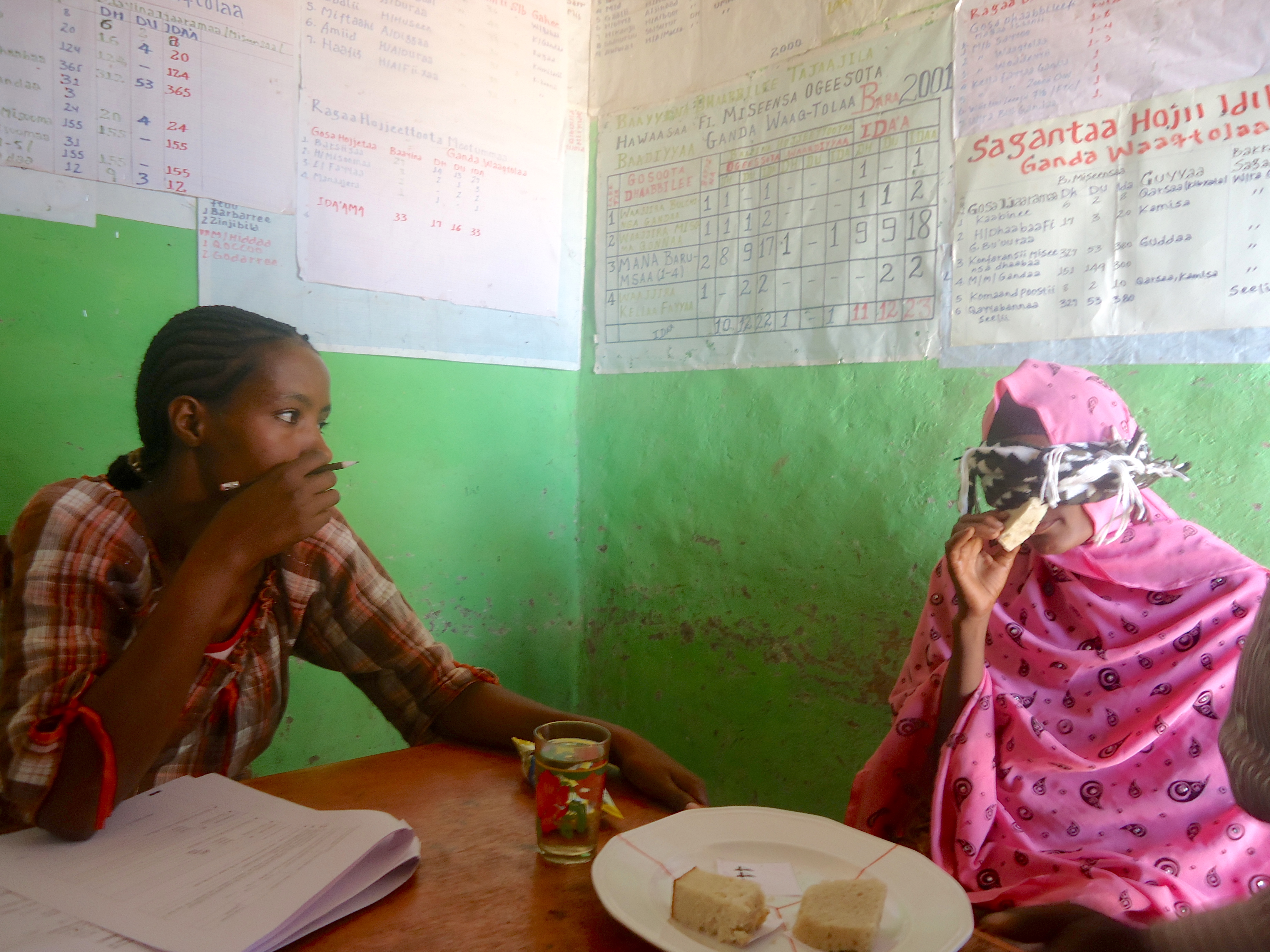
Beyond the NuME project
Germame Garuma, Director General of Extension at the Ministry of Agriculture, said that “QPM is an important solution to help us improve the nutrition situation in the country.” The Ethiopian government now aims to ensure 10% of the total maize growing area is planted with QPM. Ethiopia has included QPM as a key intervention in national strategies and programs, such as the Agriculture Growth Program-II and the Seqota Declaration.
Garuma called on all government offices at various levels and NGOs working in the agriculture and nutrition sector to continue the promotion of QPM. Workshop participants drew a roadmap with four focus areas: overall coordination, dissemination, technology generation and seed production. With the leadership of the Ministry of Agriculture, more families will be able to improve their diet with QPM in the future.
Dagmo Nour, Project Manager at Global Affairs Canada, expressed interest in engaging further with CIMMYT and its partners to ensure the sustainability and scaling of QPM efforts by addressing critical issues with Ethiopian seed systems.
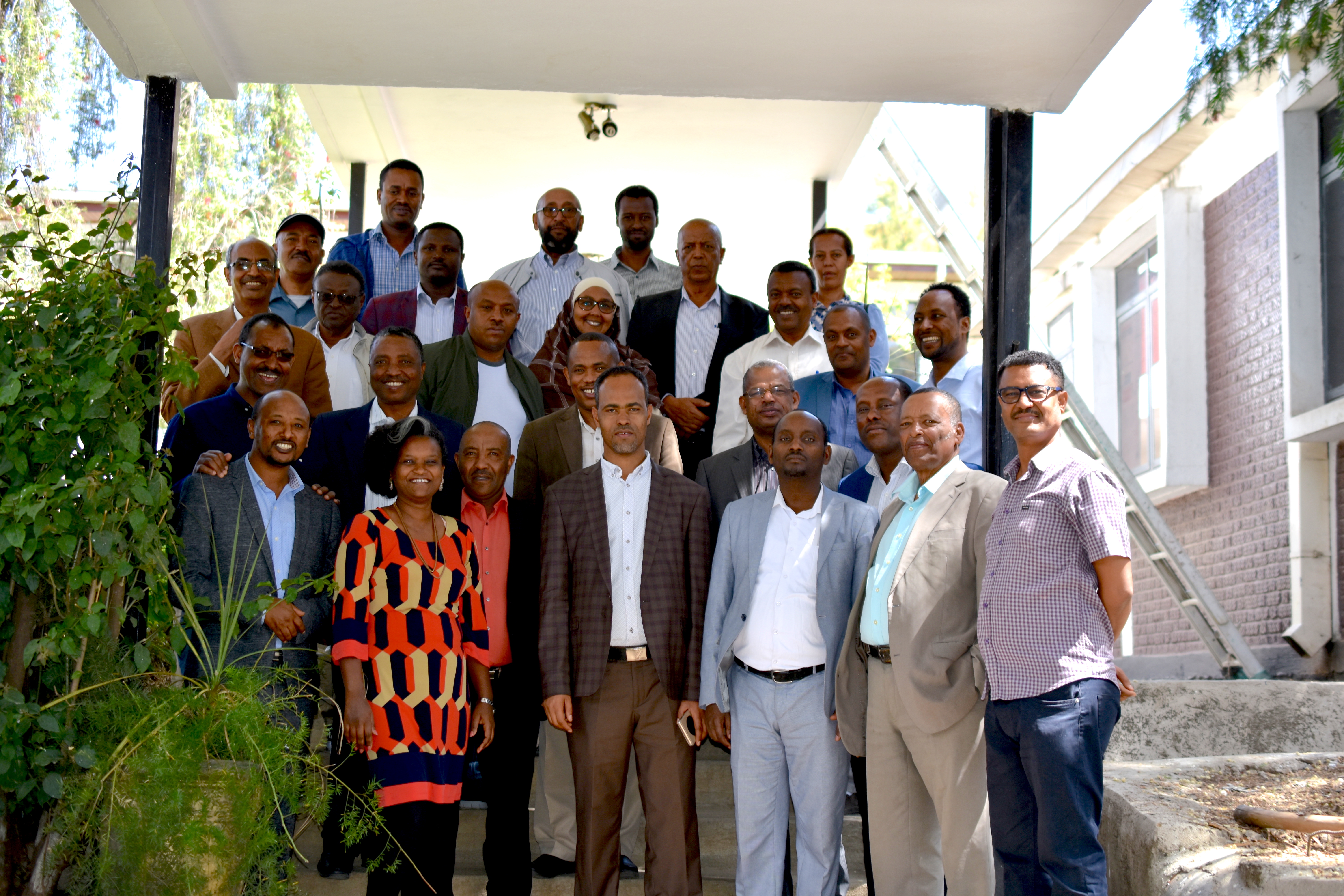
CIMMYT and GOAL team up to help farmers in Zimbabwe fight fall armyworm
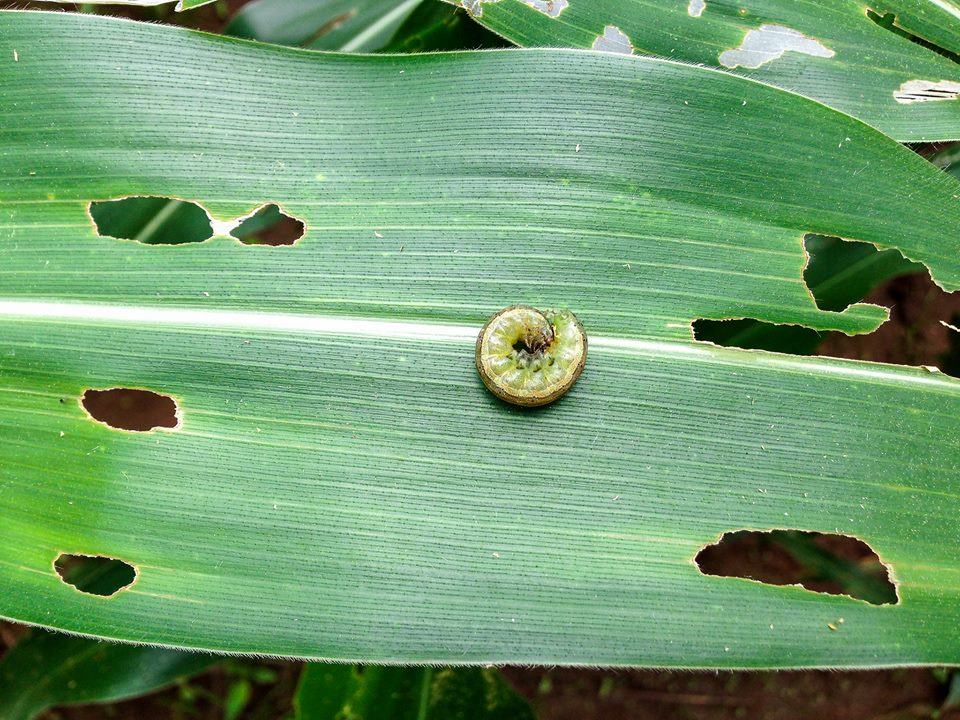
DUN LAOGHAIRE, Ireland and TEXCOCO, Mexico — Irish humanitarian aid agency GOAL has joined CIMMYT (the International Maize and Wheat Improvement Center) in the fight against fall armyworm, a devastating insect pest that experts say threatens the food security of millions of people in Africa.
The fall armyworm has caused significant damage to maize crops in sub-Saharan Africa since its arrival to the region in 2016.
A study on the impact of the fall armyworm in eastern Zimbabwe reveals that nearly 12 percent of crops are lost annually due to the infestation. And the study states that if the problem spreads throughout the entire country tonnes of grain to the value of $32 million could be lost.
GOAL Zimbabwe has now teamed up with CIMMYT to identify conditions that promote fall armyworm infestation in order to educate farmers on best practices to fight the problem.
Regular weeding, conservation agriculture, use of manure and compost, and ending pumpkin intercropping have been found to help prevent infestation.
Mainassara Zaman-Allah, co-author of the study and abiotic stress phenotyping specialist at CIMMYT said, “Given the limited coverage of the study in terms of area and season, it would be interesting to replicate it all over the country through the involvement of governmental agricultural departments, so that we get the full picture around the fall armyworm problem at a larger scale.”
Gift Mashango from GOAL Zimbabwe, said, “The fall armyworm has further worsened the food security situation of smallholder farmers who are already coping with an ailing economy and climate change. Besides the adverse effects posed to the environment by chemical methods of combating the pest, the smallholder farmer cannot afford to meet the associated costs, hence the need to come up with innovative cost-effective farming systems like climate smart agriculture.”
About CIMMYT
CIMMYT – the International Maize and Wheat Improvement Center – is the global leader in publicly-funded maize and wheat research and related farming systems. Headquartered near Mexico City, CIMMYT works with hundreds of partners throughout the developing world to sustainably increase the productivity of maize and wheat cropping systems, thus improving global food security and reducing poverty.
CIMMYT is a member of the CGIAR System and leads the CGIAR Research Programs on Maize and Wheat, and the Excellence in Breeding Platform. The Center receives support from national governments, foundations, development banks and other public and private agencies.
For more information about CIMMYT, please visit https://staging.cimmyt.org/.
About GOAL
GOAL is an international humanitarian aid agency working in 13 countries to ensure that the poorest and most vulnerable in our world, and those affected by humanitarian crises, have access to the fundamental rights to life. With its head office in Ireland, GOAL envisions a world where poverty and hunger no longer exist; where communities are prepared for seasonal shocks; where structural and cultural barriers to growth are removed and where every man, woman and child has equal rights and access to resources and opportunities.
To learn more about GOAL, please visit https://www.goalglobal.org/.
Media contacts
CIMMYT: Genevieve Renard, Head of Communications. G.Renard@cgiar.org
GOAL: Miriam Donohoe, Senior Communications Manager. mdonohoe@goal.ie
Book launch: Lead farmers in eastern and southern Africa

Tackling the challenges of climate change and increasing scarcity of resources like arable land and water requires that farming and food systems around the world undergo fundamental shifts in thinking and practices. A new book draws on experiences of men and women farmers across eastern and southern Africa who have been associated with the Sustainable Intensification of Maize-Legume Systems for Food Security in Eastern and Southern Africa (SIMLESA) project. The inspiring and moving accounts tell the story of how these farmers have bravely embraced change to improve their farming methods and consequently the lives and livelihoods of their families.
The maize-growing regions of southern and eastern Africa face many challenges, including lower than average yields, crop susceptibility to pests and diseases, and abiotic stresses such as droughts that can be frequent and severe. There is also widespread lack of access to high-yielding stress resilient improved seed and other farming innovations, presenting a need for scalable technologies, adapted to farmers’ growing conditions.
Maize is the most important staple crop in the region, feeding more than 200-300 million people across Africa and providing food and income security to millions of smallholder farmers. Prioritization of cost reducing, yield enhancing and resource conserving farming methods is vital to catalyze a shift towards sustainable and resilient maize agri-food systems. Conservation agriculture (CA) is one promising approach.
Launched in 2010, SIMLESA is led by the International Maize and Wheat Improvement Center (CIMMYT) and funded by the Australian Center for International Agricultural Research (ACIAR). The project supports farmers and partner organizations to achieve increased food production while minimizing pressure on the environment by using smallholder farmers’ resources more efficiently through CA approaches. SIMLESA is implemented by national agricultural research systems, agribusinesses and farmers in partner countries including, Ethiopia, Kenya, Malawi, Mozambique, Rwanda, Tanzania and Uganda.

The farmers’ words in this book drive home the core philosophy of SIMLESA: that critical paradigm shifts in smallholder farming are possible and can lead to positive and potentially lasting impacts.
The candid accounts of the benefits yielded from adopting new practices like CA are a testimony to this idea: “Now we have seen with our own eyes these new methods are beneficial, and we want to continue what we are doing….my field is a school where others can learn,” said Maria Gorete, a farmer in Mozambique.
Policy makers and scientists from eastern and southern Africa met in Uganda at a regional forum convened by the Association for Strengthening Agricultural Research in Eastern and Central Africa (ASARECA), on 3-4 May 2019. The forum discussed ways to scale up the learnings of SIMLESA and a joint communique recommending policy actions was signed by the Ministers of Agriculture of the Republic of Burundi, the Republic of the Congo, the Democratic Republic of Congo, the State of Eritrea, the Federal Democratic Republic of Ethiopia, the Republic of Kenya, the Republic of Madagascar, the Republic of Rwanda, the Republic of South Sudan, the Republic of the Sudan, the United Republic of Tanzania, the Republic of Uganda, the Republic of Malawi and the Republic of Mozambique of the high level Ministerial Panel on Sustainable Intensification of Maize-Legume Cropping Systems for Food Security in Eastern and Southern Africa (SIMLESA).
New role in Nepal is “a dream come true”
Cynthia Carmona will always remember the directive her supervisor gave to a researcher panicked by mounting paperwork: You go and work on the science. We’ll take care of the admin part.
“They already have their hands full with research and building partnership strategies. They shouldn’t have to be concerned about whether or not an invoice has been sent,” she says.
Growing up in the Mexican state of Sonora, Carmona was aware of the International Maize and Wheat Improvement Center’s (CIMMYT) Obregon experimental station from a young age. “It was an organization that I knew existed, but all I knew was that they worked on wheat.”
After studying international relations at Tecnológico de Monterrey in Mexico City, Carmona spent a couple of years working in government and the private sector but she remained on the look-out for global-facing opportunities. Drawn to the opportunity to work with donors, Carmona joined CIMMYT’s Project Management Unit (PMU) six years ago.
“When I first arrived it was more of a grant management unit and we were divided by grant cycle. One person would work on proposals, another on contracts and so on, so you didn’t really get to see the whole process from start to finish.”
The unit has evolved since then, and growing responsibility means that the team is now divided by specialty, from donor relations and resource mobilization to grant management and monitoring and evaluation. “The structure we have now definitely gives you a broader understanding of each project.”
Carmona stresses that even though PMU staff don’t work in the field or in laboratories, they do make significant contributions to project implementation by encouraging smoother processes, alleviating administrative problems and ‘speaking a common language’ between researchers and management. When she took on the role of grant management coordinator, she impressed upon her team the extent to which their action or inaction could affect the projects they support. “Making things happen was my favorite part of the role, and I saw my job as that of an ‘issue solver’.”
Carmona is currently based in Kathmandu, Nepal, where she is serving as interim project manager on CIMMYT’s Cereal Systems Initiative for South Asia (CSISA) project.
“I’m very excited about this new opportunity. CSISA has always been a flagship project for CIMMYT, so when they invited me to help them it was like a dream come true.”
She first visited Nepal in December 2018, where she spent time shadowing the outgoing manager who provided her with an introduction to the country, the region and the project itself.
“It was like a two-week bootcamp. But even though it was intense, I didn’t feel overwhelmed.”
Working in PMU, Carmona explains, provides a solid background for project management and an understanding of how CIMMYT projects work, from start to finish, as well as how to communicate with funders and build shared knowledge by bringing people together, from scientists and researchers to program and service unit staff.
Besides learning about how a project is run on-the-ground, Carmona is most looking forward to gaining field experience while in Nepal. “Talking to farmers and project teams, listening to their experiences and witnessing CIMMYT’s work on-the-ground really gives you a sense of belonging and a connection to our mission.”
